Targeted Gene Therapy Via Lentiviral Vectors
Bold
Italic
Subscript: H2O
Superscript: Fe3+
Introduction
By Drew Albrecht
Gene therapy is a medicinal technique that is on the forefront of medical innovation. With the use of targeted gene therapy, disease-specific treatments can be made to cure people of diseases that were once thought to be incurable. There are many methods that are being tested right now to advance gene therapy, but one that is gaining serious traction are lentiviral vectors. Vectors based on viruses are very attractive for gene therapy because viruses are naturally very good at getting into cells. Lentiviruses are even better because they insert their genes into the host’s genomes. With the creation of lentiviral particles with a specific gene of interest, researchers can target affected cells and recover the corrected DNA. This methodology is already being used to treat and cure many diseases today, and the future holds many promises for beating the unbeatable.
Gene Therapy Overview
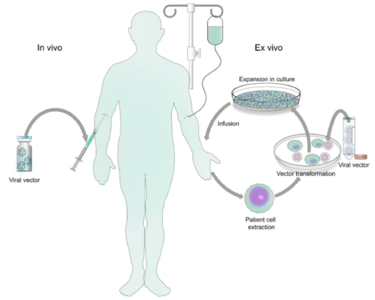
Viral Vectors
Adenoviruses
Adeno-Associated Viruses
Lentiviruses
Lentivirus Infection Pathway
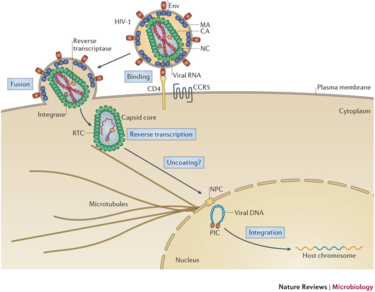
Lentiviral Vectors
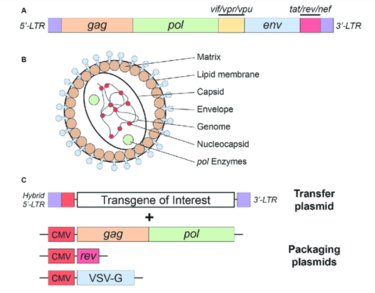
How Do Lentivirus Vectors Work
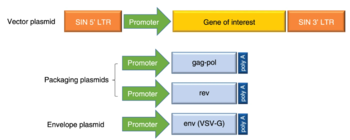
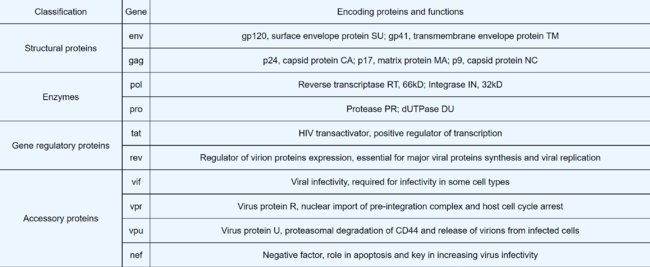
HIV As a Viral Vector
History
Safety
Using HIV To Fight HIV

Current Treatments
Sample citations: [1]
[2]
A citation code consists of a hyperlinked reference within "ref" begin and end codes.
To repeat the citation for other statements, the reference needs to have a names: "<ref name=aa>"
The repeated citation works like this, with a forward slash.[1]
